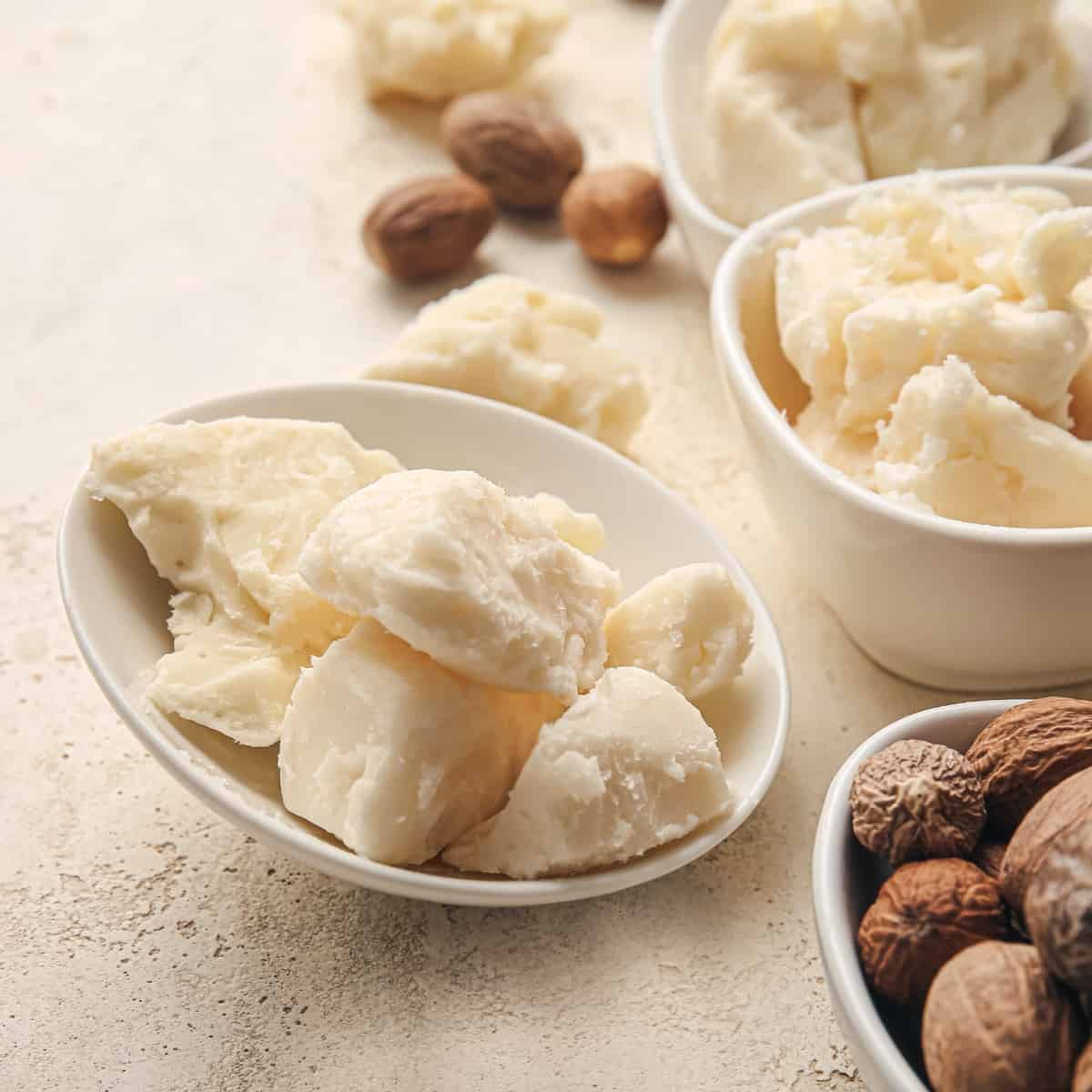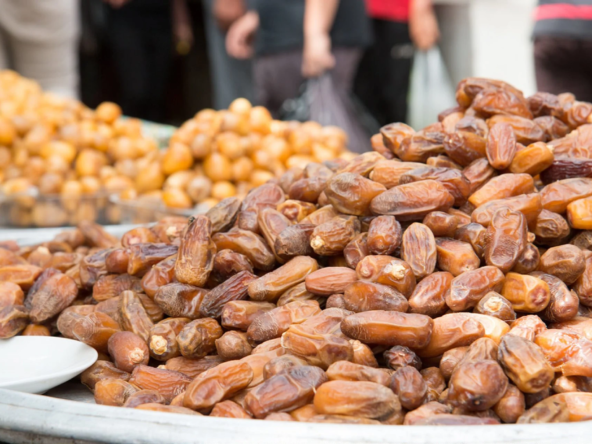Shea butter, derived from the nuts of the African shea tree (Vitellaria paradoxa), has been cherished for centuries for its remarkable skincare and therapeutic properties. This natural wonder has gained global popularity, becoming a staple ingredient in various beauty and wellness products. In this comprehensive guide, we will explore everything you need to know about shea butter – its origin, extraction process, composition, benefits, and how to incorporate it into your daily skincare routine.
- Origins and Extraction Process:
Shea butter has deep roots in Africa, where it has been used for centuries in traditional medicine and skincare. The shea tree, also known as the karite tree, is native to the African savannah and is cultivated mainly in countries such as Ghana, Nigeria, Burkina Faso, and Ivory Coast. The nuts from the shea tree are harvested and processed to extract the precious shea butter.
The extraction process involves collecting the nuts, sun-drying them, and then crushing or grinding them to extract the fat-rich kernels. These kernels undergo further roasting, milling, and kneading to separate the shea butter, which is then carefully refined to produce the final product.
- Composition of Shea Butter:
Shea butter’s unique composition sets it apart as a powerhouse for skincare. It is rich in essential fatty acids, including oleic acid, stearic acid, and linoleic acid. These fatty acids provide nourishment and moisture to the skin, promoting a healthy and radiant complexion.
Additionally, shea butter contains vitamins A and E, known for their antioxidant properties. These vitamins help protect the skin from free radicals, preventing premature aging and supporting overall skin health. Shea butter also contains cinnamic acid, offering a natural level of sun protection.
- Benefits of Shea Butter for Skin:
Shea butter’s benefits for the skin are extensive, making it a sought-after ingredient in the beauty industry. Here are some key advantages:
a. Deep Moisturization: Shea butter is an excellent emollient, sealing in moisture and preventing dehydration. Its rich, creamy texture makes it an ideal solution for dry and cracked skin, providing long-lasting hydration.
b. Anti-inflammatory Properties: The anti-inflammatory compounds in shea butter, including lupeol cinnamate, help soothe irritated skin conditions such as eczema and dermatitis. It can reduce redness and inflammation, promoting a calmer complexion.
c. Collagen Production: The presence of vitamins A and E stimulates collagen production, contributing to improved skin elasticity and firmness. Regular use of shea butter can help diminish the appearance of fine lines and wrinkles.
d. Scar and Stretch Mark Reduction: Shea butter’s regenerative properties aid in reducing the visibility of scars and stretch marks. Massaging shea butter onto affected areas can enhance skin elasticity and promote healing.
e. Natural Sun Protection: While not a substitute for sunscreen, the cinnamic acid in shea butter provides a minimal level of sun protection. It can be used as an additional layer of defense against harmful UV rays.
f. Gentle on Sensitive Skin: Shea butter is well-tolerated by most skin types, including sensitive skin. Its natural composition makes it a gentle yet effective option for those with delicate skin.

- Different Grades of Shea Butter:
Shea butter is available in various grades, with the quality and purity varying based on the extraction and refining processes. The two main grades are raw, unrefined shea butter and refined shea butter.
a. Raw, Unrefined Shea Butter: This type of shea butter undergoes minimal processing, retaining its natural color, nutty aroma, and nutrient-rich composition. It is considered the purest form of shea butter, preserving its therapeutic properties.
b. Refined Shea Butter: Refined shea butter undergoes a filtration and deodorization process to remove the nutty scent and refine its color. While it may lack some of the nutrients found in raw shea butter, it is still a valuable ingredient in skincare products.
Understanding the different grades allows consumers to choose shea butter based on their preferences and skincare needs.
- Incorporating Shea Butter into Your Skincare Routine:
Whether you choose raw or refined shea butter, incorporating it into your skincare routine can yield numerous benefits. Here are some effective ways to use shea butter:
a. Pure Shea Butter Application: Take a small amount of raw shea butter and warm it between your palms. Gently massage it onto your face, body, or areas with dry skin. Allow the butter to absorb for optimal moisturization.
b. DIY Shea Butter Recipes: Create customized skincare products by combining shea butter with other natural ingredients. DIY recipes for shea butter-based balms, lotions, and masks abound, offering a personalized approach to skincare.
c. Lip Care: Shea butter’s moisturizing properties make it an excellent ingredient for lip balms. Apply a small amount to dry or chapped lips for soothing relief and lasting hydration.
d. Hair Nourishment: Shea butter can benefit not only the skin but also the hair. Apply a small amount to the ends of your hair to combat split ends or use it as a hair mask for deep conditioning.
e. Massage Oil: Warm shea butter slightly and use it as a luxurious massage oil. Its smooth texture and therapeutic properties make it a fantastic addition to a relaxing massage session.
- Choosing High-Quality Shea Butter:
Selecting high-quality shea butter is crucial to ensuring you reap the full benefits of this natural wonder. Consider the following factors when making a purchase:
a. Color and Scent: Raw, unrefined shea butter should have a creamy, beige color and a nutty aroma. Refined shea butter will have a lighter color and may be odorless.
b. Texture: Quality shea butter should have a smooth and creamy texture. Avoid products that appear grainy or excessively oily.
c. Packaging: Shea butter is sensitive to light and air, which can affect its composition. Choose shea butter packaged in dark, airtight containers to preserve its freshness and efficacy.
d. Certifications: Look for shea butter products with certifications such as Fair Trade or organic. These certifications ensure ethical and sustainable practices in the production process.
- Conclusion: Embracing the Beauty of Shea Butter
Shea butter stands as a testament to the beauty and richness of natural ingredients. From its traditional roots in Africa to its widespread global use, this versatile butter has become a cherished companion in the realm of skincare. Whether you seek deep moisturization, anti-aging benefits, or relief for skin conditions, shea butter has something to offer for everyone.
As you embark on your shea butter journey, remember to choose high-quality products, experiment with DIY recipes, and savor the wholesome nourishment it provides. With its remarkable composition and time-tested efficacy, shea butter continues to enchant and elevate the skincare experience for those who seek the best nature has to offer.
Ajigofarms is a reliable global agricultural purchase sourcing with profound expertise in the manufacturing, and exportation of food crops. We are tested, and trusted suppliers of all kinds of cash crops and food crops. Our constant supply chain solution makes exporting easy, quick, and safe, we are identified with timeliness and meeting up with deadlines. Regardless of the region you are located in worldwide, you can reliably order your Agric products and be rest assured of successful delivery.




